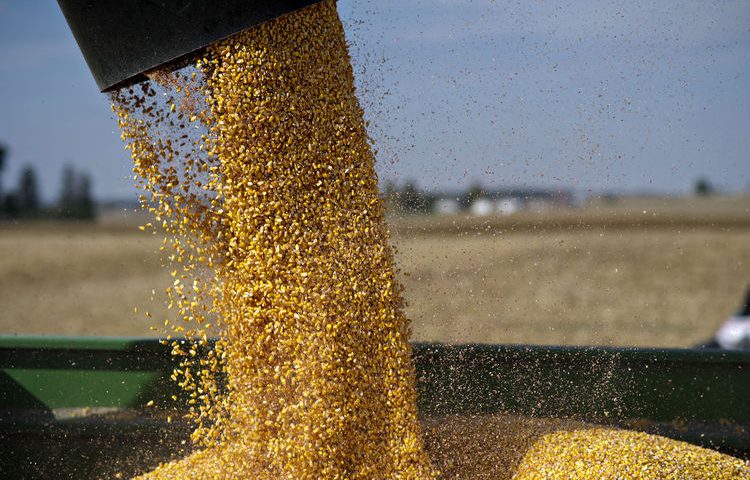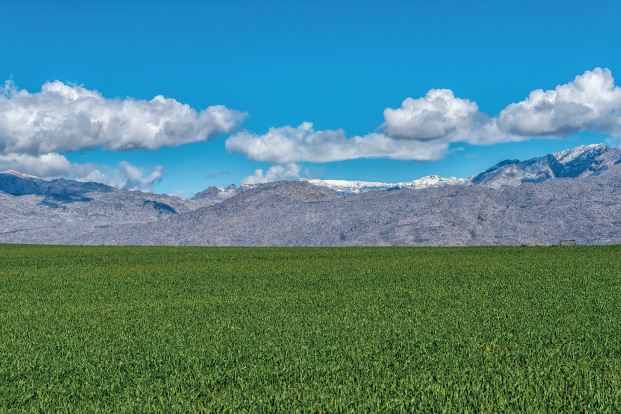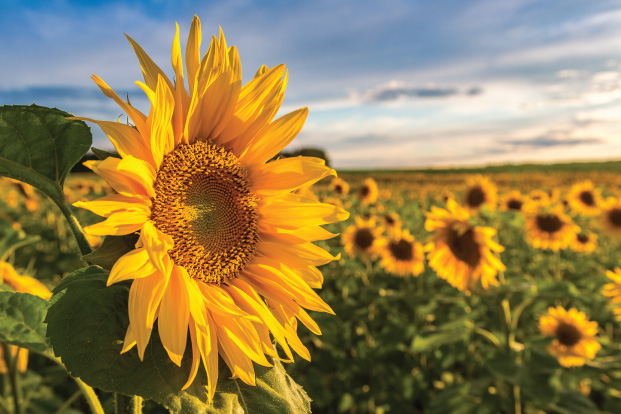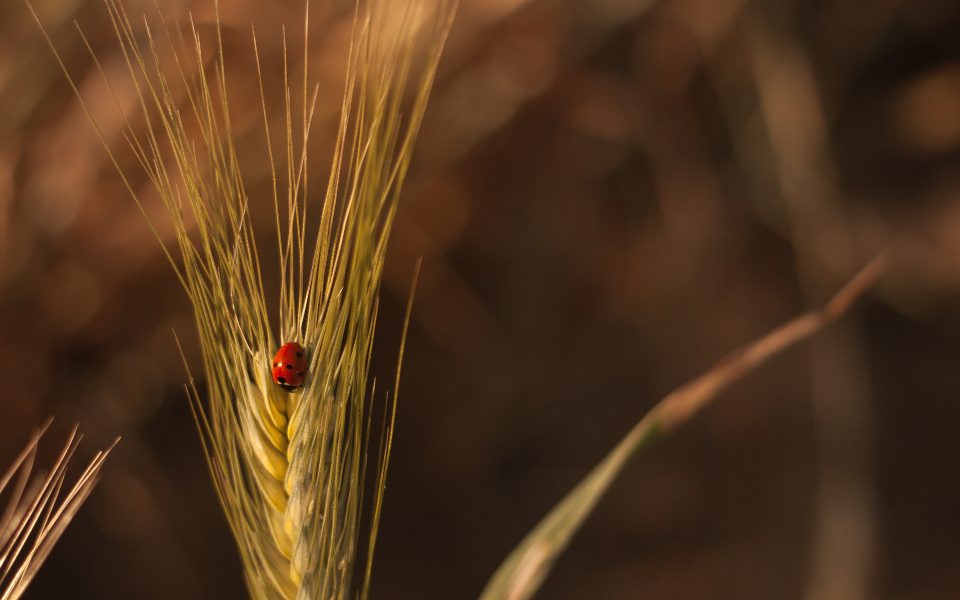2017 could be a good year for maize

Fund is established to support emerging fruit farmers
May 26, 2016
Wheat prices hit record high
May 27, 2016
Through innovation, producers were better-able to survive the current drought than previous droughts. This was according to Wessel Lemmer, senior agricultural economist at Absa, who spoke to Farmer’s Weekly at the Nampo Harvest Day.
“The drought had a smaller impact on maize production than in the previous decade,” Lemmer said.
“The average yield is high. Even though the drought was tough, it was only the 10th-lowest yield in 20 years. That’s a result of technology. Producers planted less, made better decisions and management practices were better, which means they are more resilient against drought.”
Producers must now attempt to set a price at a premium for the next season, to protect prices against downward slopes, according to him. In this way they would know if they could go ahead with production when the time arrived.
The weakening rand, which according to Lemmer could reach R17/US$1, meant that producers must attempt to fasten prices for 2017.
“Producers must make work of sale options. Though not all producers have the means to do this, they must engage with their financial institutions and make provisions for being assisted with their 2017 market strategy.
Net import countries would still support the maize prices, which meant that where prices were currently close to import parity, the coming season would likely see them sitting between import and export parity.
“The season looks as if it will turn out well. We are hoping for it. For some producers, 2017 could be their best year.”
He said that the increase in white maize prices would mean lower-income families would have a hard time buying staple food, but that they may cross over from maize-based products to rice, because rice prices had stabilised and moved sideways over the past months.
Source: Farmer’s Weekly



